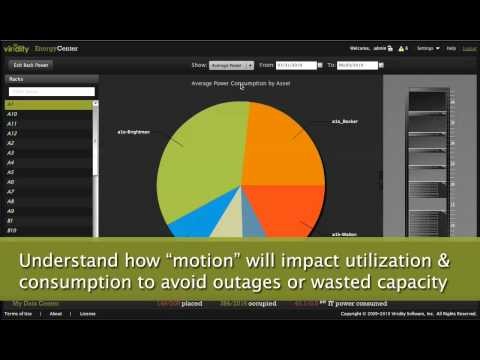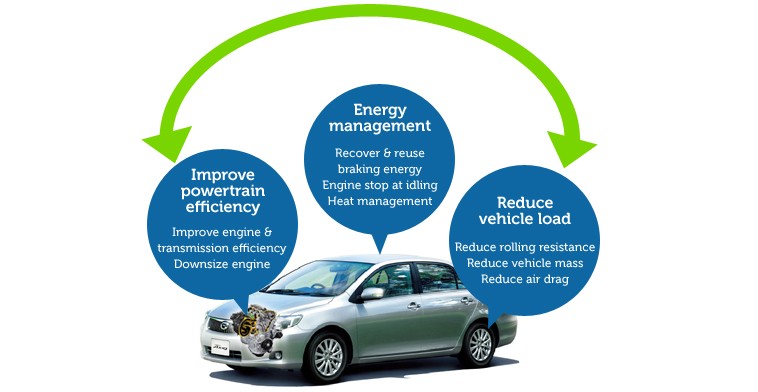How to Measure Energy Efficiency Improvements Energy Manager Today
Post on: 16 Март, 2015 No Comment

Graziella Siciliano
Initiative Lead, Clean Energy Ministerial’s Global Superior Energy Performance Partnership
Credible data are the foundation of smart decision-making. They can encourage investment in energy efficiency improvements projects by building investor confidence. However, energy data in the buildings and industrial sectors are of limited availability and, often, poor quality. According to the International Energy Agency’s (IEA’s) 2014 Tracking Clean Energy Progress report, this insufficiency is an ongoing obstacle to tracking and assessing the progress of energy efficiency improvements. This in turn hinders investment and policymaking.
The challenge of measuring something…that does not exist
Because savings represent the absence of energy use, it is impossible to directly measure energy efficiency impacts. It is an odd conundrum: how do you measure something that is not there? In this situation, the credibility of the reported data is only as sound as the measurement and verification (M&V) processes, methodologies, and data that are used. The development of consistent, reliable, and generally acceptable M&V metrics and methods can help mitigate uncertainties in quantifying energy savings and allow for a known degree of accuracy and confidence.
What are the challenges?
Several uncertainties and challenges exist. Models are used to determine energy savings. Choosing the appropriate model or method that fully accounts for all variations that affect energy use can often be challenging. Other uncertainties can arise from including irrelevant variables, or excluding relevant ones.
Measuring energy savings is a measurement of what the energy use would have been if the energy efficiency savings project had never been implemented. To accurately quantify such a measurement and enable comparison, a sound baseline of the current energy consumption needs to be established. This baseline must then be adjusted for the variances, or energy governing factors, that affect the energy usage. The savings are then calculated by subtracting the actual usage from the adjusted baseline.
Many aspects must be considered. For example, defining the M&V boundary is critical: If a lighting system is made more energy efficient, the HVAC system is also affected; so if a boundary does not take the HVAC system into account, the energy savings calculated will be lower than the actual savings.
Measurement by way of instruments is never 100% accurate. All meters deviate within a certain percentage, and errors can occur as a result of calibration issues or improper meter selection—or even simple human error. This further adds to the challenge, and managing for uncertainty means taking these effects into consideration.
Achieving the three C’s: Certainty, Credibility, and Consistency
How does one address the challenges?
Providing Certainty
- Define the objectives. This includes considering the purpose of the reporting. For example, if the objective is to meet regulatory requirements, reporting must follow the procedures and methods outlined by the regulation and provide assurances that the results are both accurate and credible, making the reporting more acceptable. However, if the primary objective is to drive down energy costs, then methodologies that meet the expectations of the company’s stakeholders can be used. Be clear about what is being measured. Energy performance, energy savings, and energy consumption are different goals. State uncertainties upfront. Ensure that the M&V report reflects accuracy and confidence levels that are acceptable to all stakeholders.
Ensuring Credibility

- Adopt a conservative approach to reporting. Getting a precise number is not important. What is important is that the reported data are reasonably and acceptably close to, but not more than, the savings claimed. In short, one should be fairly certain that the reported savings are within a specified range and are not overstated.
Maintaining Consistency
- Verify the methodology, approach, and results independently, where appropriate. The methodology and approach used should be such that someone replicating the process gets similar, consistent results.
Using the three C’s—Certainty, Credibility, and Consistency —builds confidence in the M&V processes, methodologies, and protocols, and thus in the reported results.
Resources for performing M&V
The Global Superior Energy Performance (GSEP) Energy Management Working Group (EMWG) under the Clean Energy Ministerial is committed to accelerating broad use of energy management systems (EnMS) in industry and commercial buildings worldwide. But to encourage broad EnMS adoption, reliable M&V data are essential. The EMWG works to help strengthen M&V practices among its member countries by encouraging collaboration and knowledge sharing and by developing guides and other tools to support effective, credible M&V.
These guides are not meant to be prescriptive; on the contrary, their aim is to outline the key principles and a general approach to M&V that can be used in either a voluntary or a regulatory environment. Energy practitioners can use these publications as a guide to ensure that their reported data are credible. Sound, reliable data justify further implementation of energy efficiency measures, encourage private investment in energy efficiency projects, and facilitate policymaking—ultimately furthering reduction of energy use and greenhouse gas emissions.
A companion piece, Energy Performance Measurement and Verification: Guidance on Data Quality. further explores the particular challenges of data quality. The document provides guidance on ways to enhance the accuracy of reported data, acknowledge potential errors and loopholes, and minimize subjectivity and artificial fluffing of results.
cleanenergyministerial.org/EnergyManagement .
Graziella Siciliano is Initiative Lead for the Clean Energy Ministerial’s Global Superior Energy Performance Partnership.














